Transport

522841475
SIA Rail Ambulance
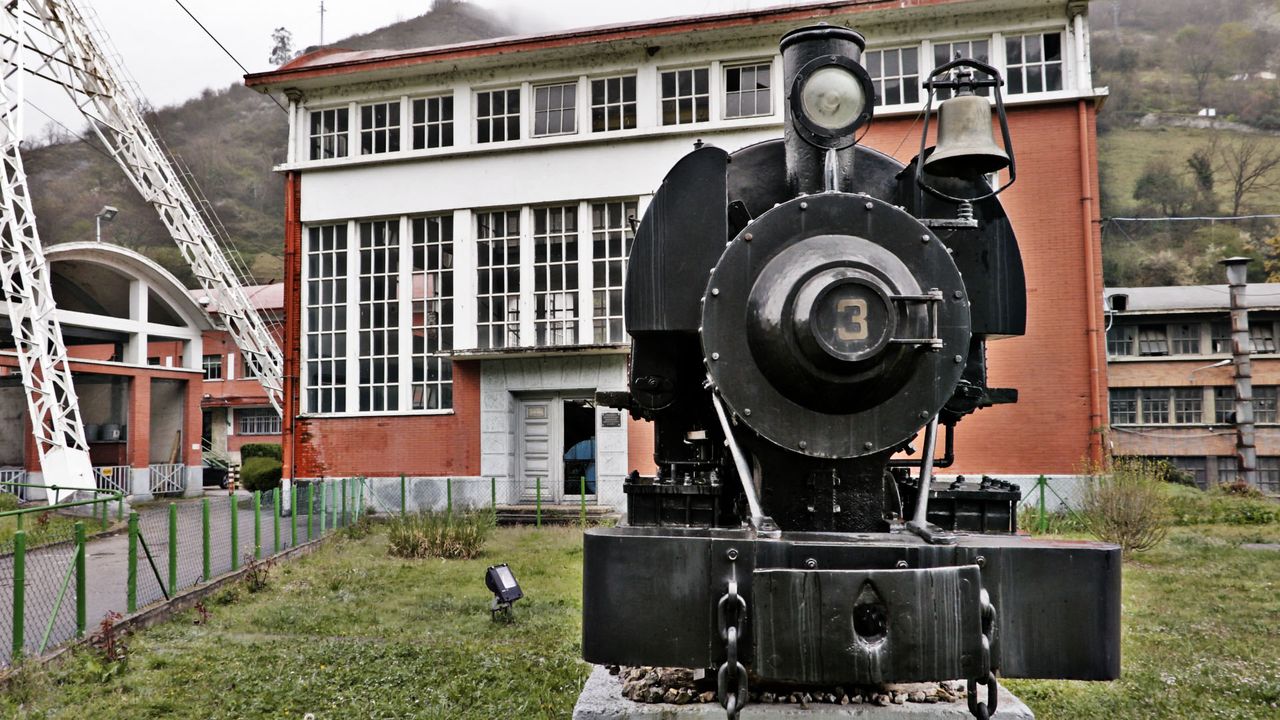
522718628
SIA 3 Locomotive
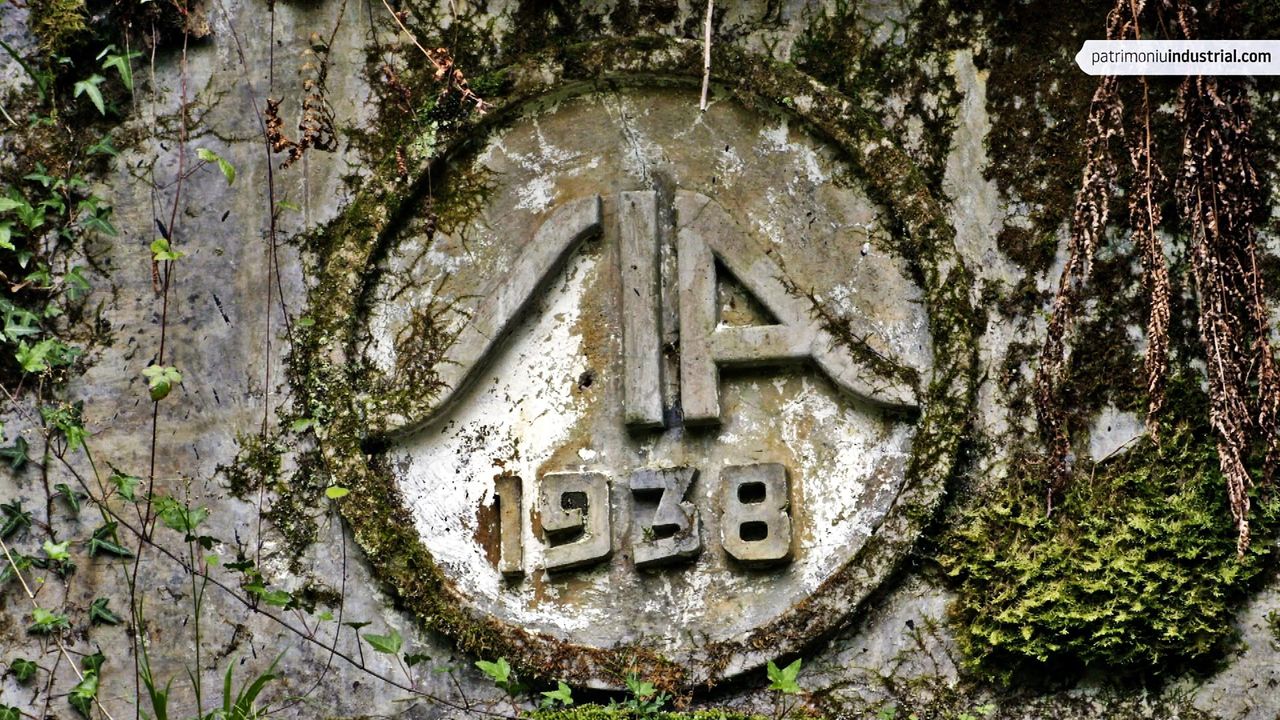
363107492
Pontones Mining Group
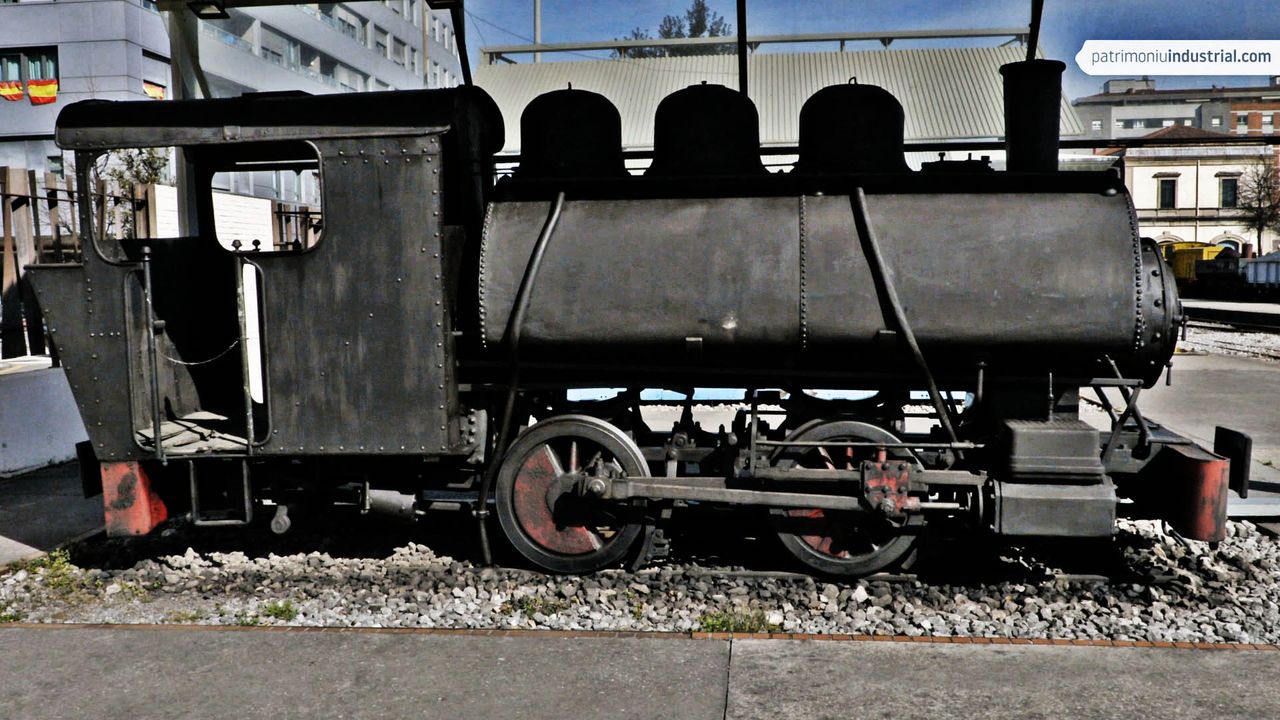
527403727
SIA 1 Locomotive
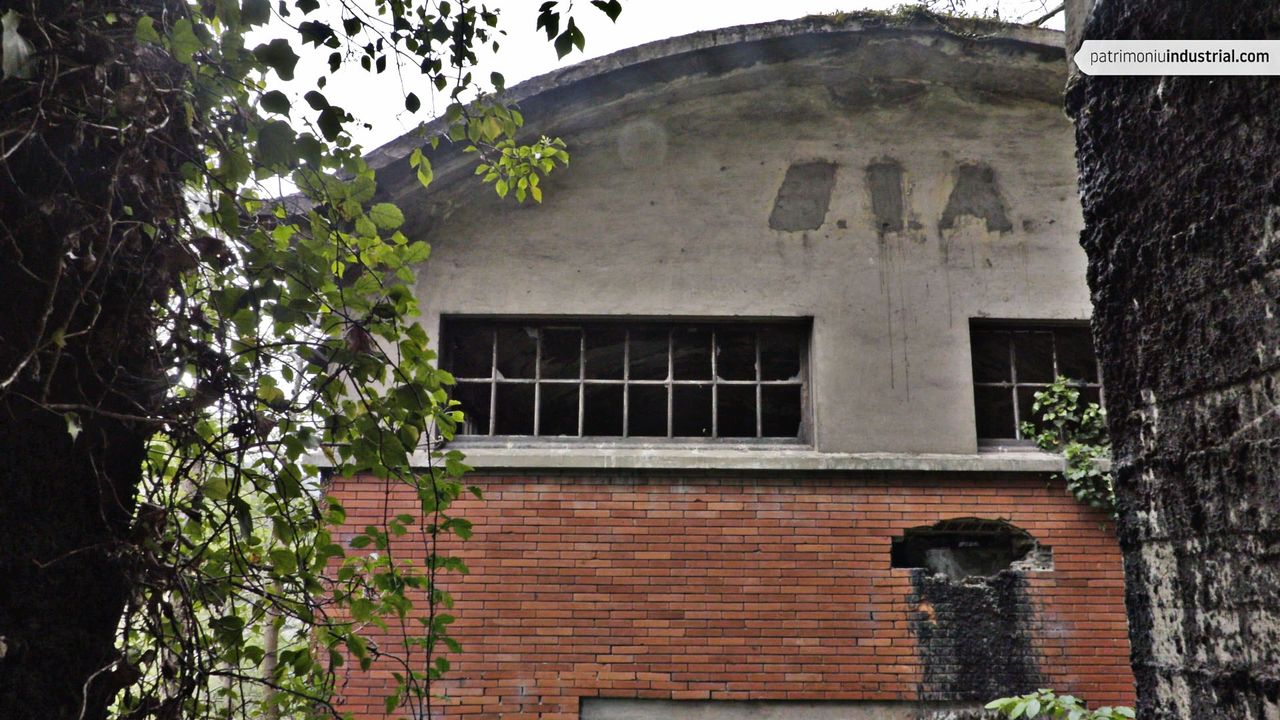
363108633
Santa Bárbara Mine

343871690
Railway Museum
The engine fleet of the Santullano-Cabañaquinta steam tramway, owned by Sociedad Industrial Asturiana Santa Bárbara, consisted mainly of five North American locomotives with three coupled axles. They were manufactured between 1916 and 1920 by Vulcan Iron Works and were assigned to tow coal trains. Their gauge was 750 millimetres wide.
They had three coupled axles, external cylinders and a water tank on the boiler. As was usual on American engines, it had a bell located on the left side of the smokebox. Other interesting details were the large lantern to illuminate the track during poor light hours and a sheet metal front cowcatcher. Over the years, all these accessories would be lost.
Initially, they were in charge of the raw coal trains that came down from the Santa Ana or Los Pontones loading docks to the Oyanco washing plant, as well as the washed mineral trains that went to Santullano. From the 1930s onwards, the SIA tramway network was progressively reduced with the arrival of the Basque Asturian Railway at Collanzo and its services were restricted to the mining railway branches.
The machines of the series gradually disappeared as the mining lines were closed during the 1960s and their last service took place in 1971, already in the hands of HUNOSA. Number 3 was the last survivor of the group and was abandoned at the Tartiere facilities in Oyanco until they were dismantled, when HUNOSA moved it as a monument to the Sovilla washing plant.
With the closure of the latter, it returned to Aller and was sent to the San Jorge Mine as a monument. After an initial aesthetic restoration, it was the subject of an interesting initiative carried out by the mining company's staff in 2014. It was restored to its original appearance, which was recognised thanks to a factory photograph. It was painted black with white fileteado and had the owner's name written on the tank. It is thus a unique example of American technology, which was very common in Asturian mines after World War I.


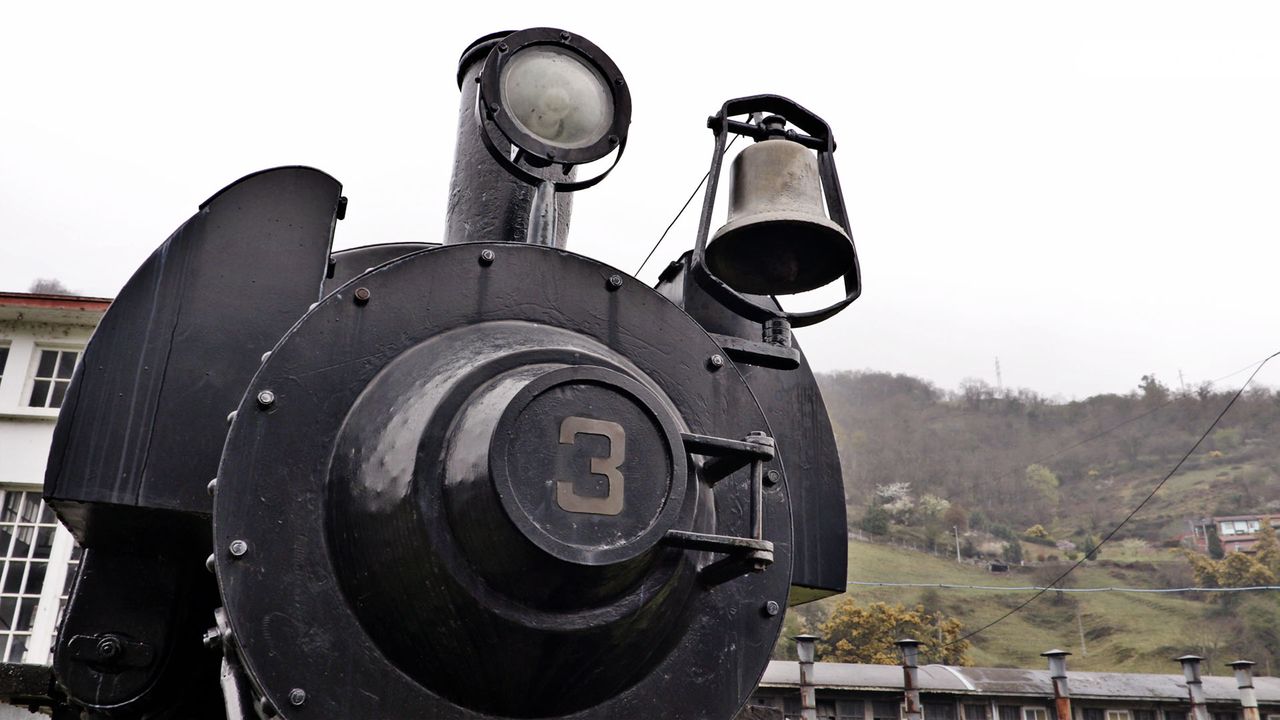
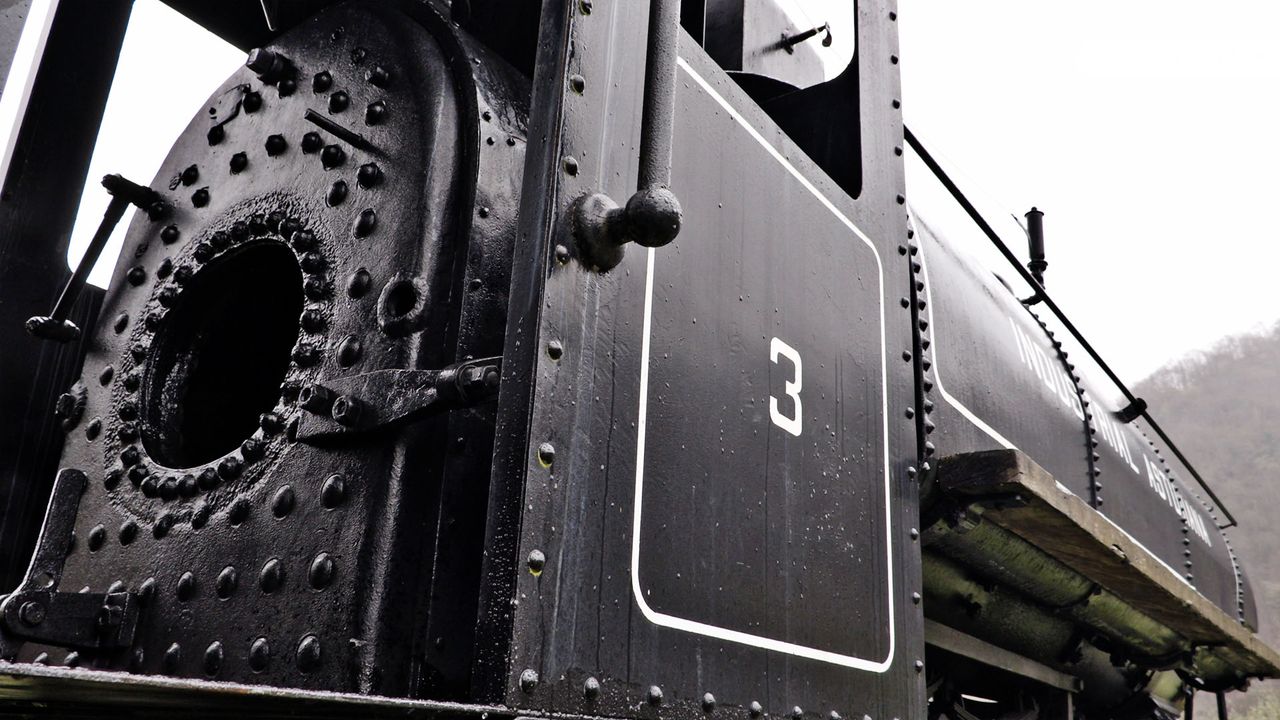
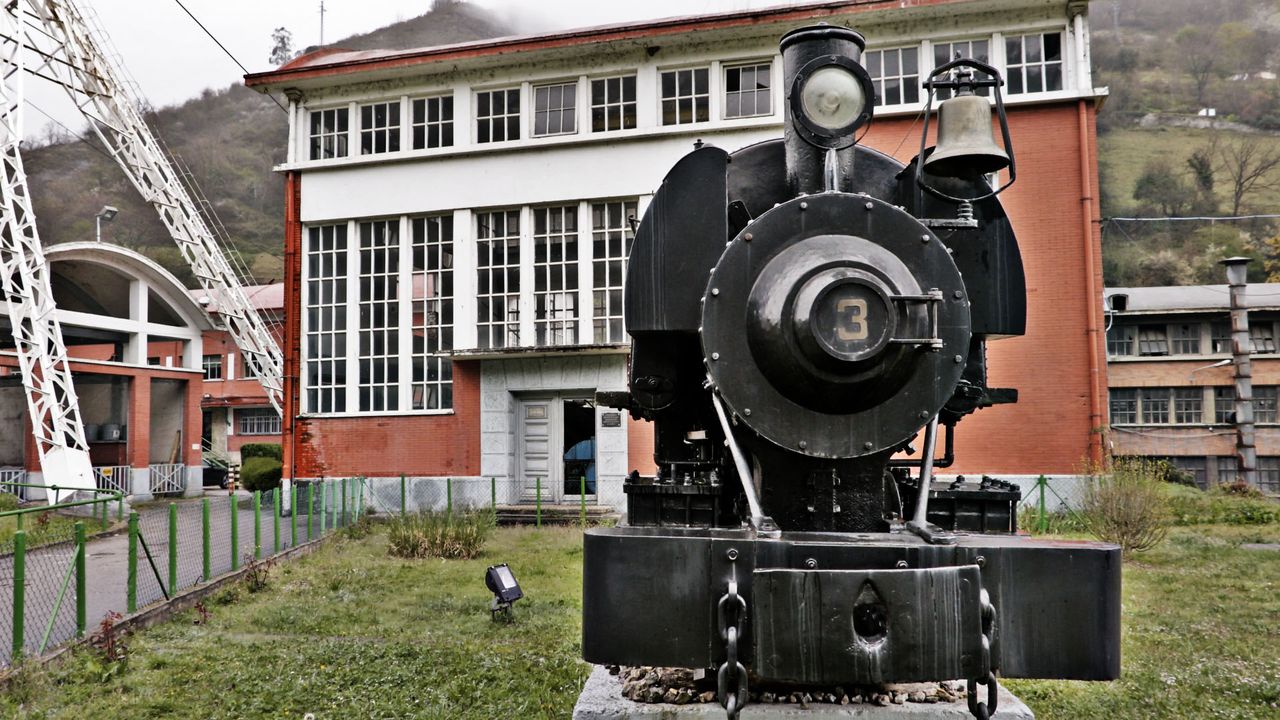
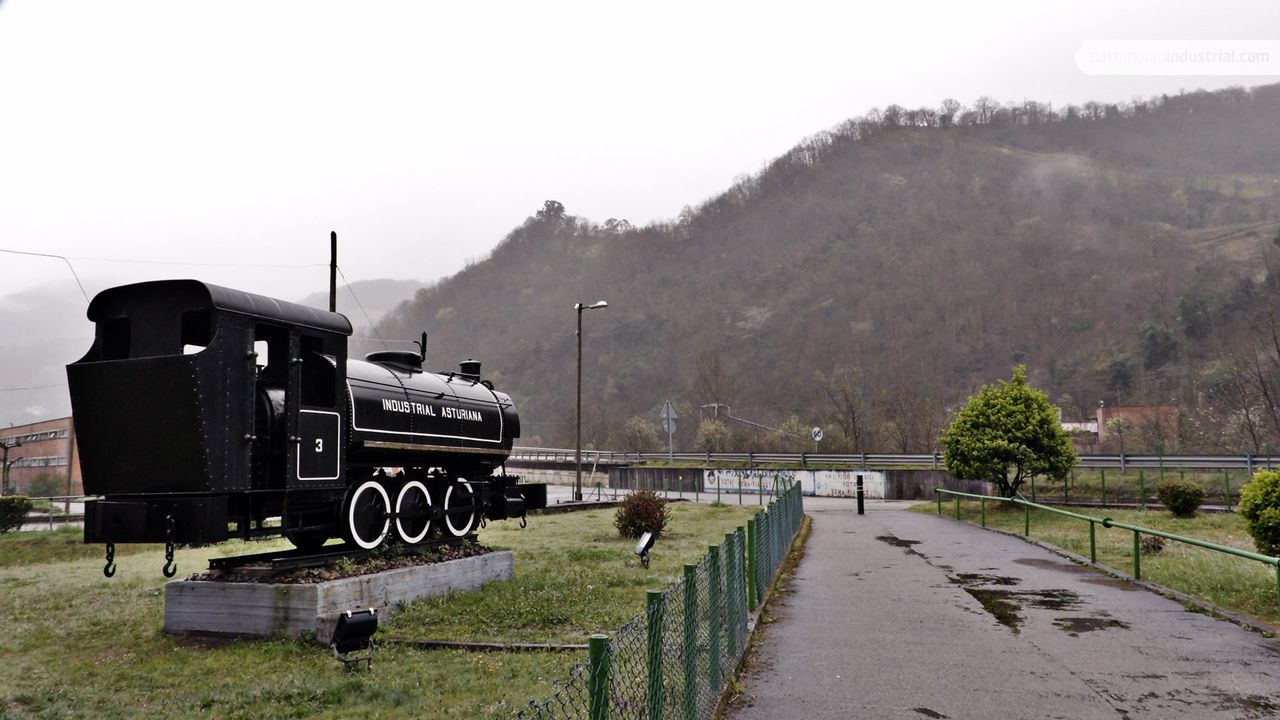
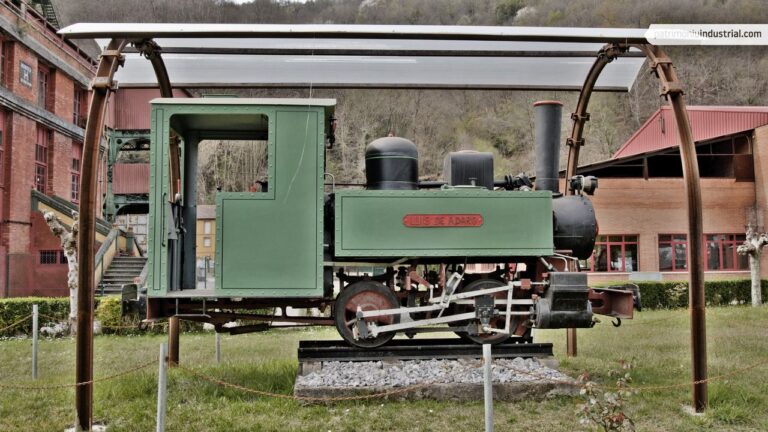

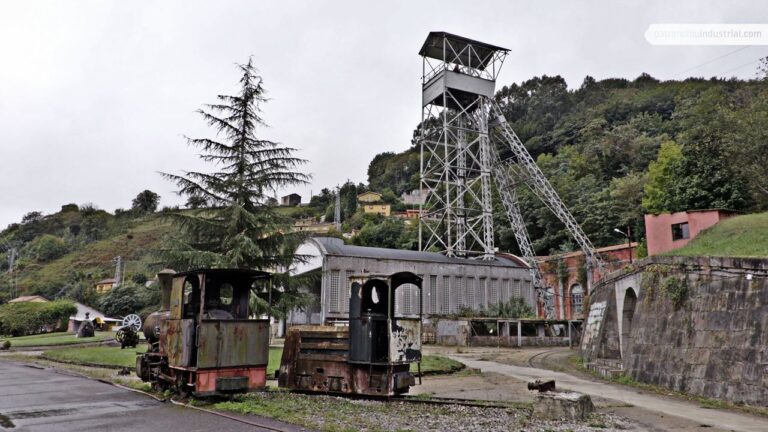

Recent Comments